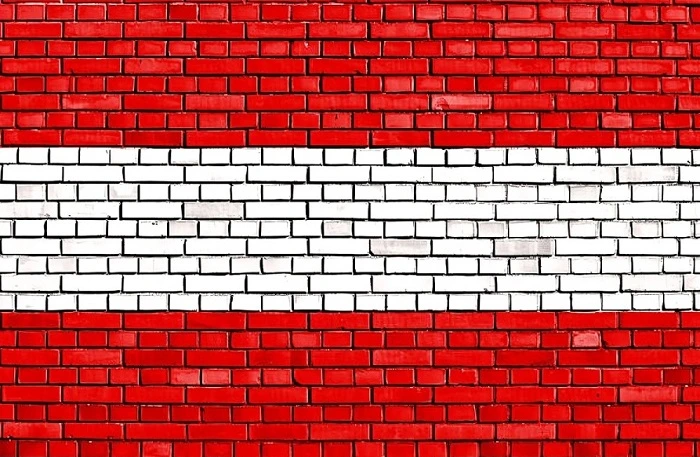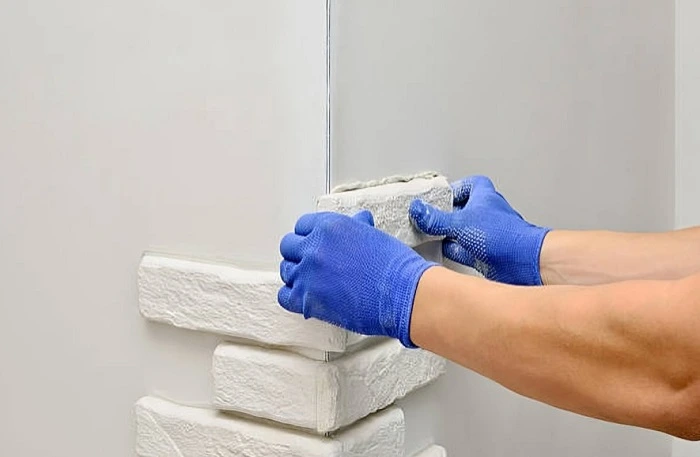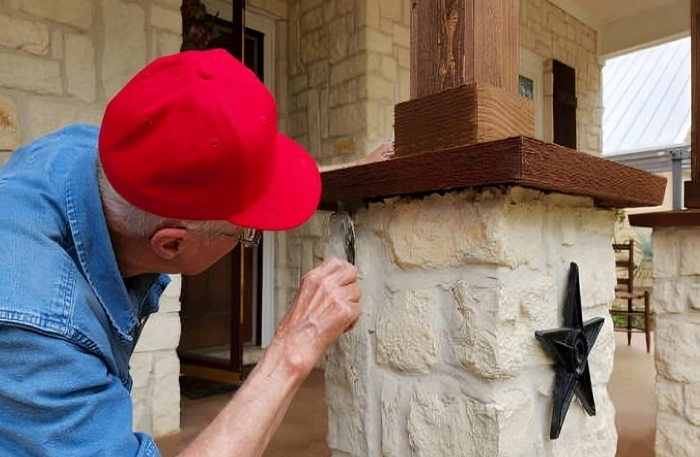Whitewash Brick has become a popular home design style that both homeowners and designers love. Imagine turning your boring, old bricks into something new and trendy.
This method not only makes rooms brighter, but it also gives them a bit of class. Whitewash Brick is the perfect mix of style and ease, whether you’re going for a rustic look or a modern one.
As you look into this interesting choice, you’ll see that it’s not just about looks, it’s also about making a space that feels warm and welcoming. When it comes to decorating, Whitewash Brick can be used in a lot of different ways, from stoves to feature walls.
What is Whitewash Brick?
Putting a thin layer of white paint or limewash on brick walls that can be seen is known as whitewashing. However, this way makes regular brick less bold while still letting its shape and character shine through.
It looks new and up to date now, but it still has the same quality as before. It’s often used in stylish homes that want to look simple and country.
To make a room feel warmer, whitewashing can be done on both inside and outside walls. Because of how much of the original color shows through, it can be used in different ways to get different looks.
If you want to make your home look better from the street or make your living room lighter, Whitewash Brick is a great way to do it. It’s a great choice for people who want their home to look both modern and classic.
Advantages and Disadvantages of Whitewashing Brick

By Whitewash Brick, you can give it a new, modern look while still keeping its traditional structure. One big benefit is that it can make dark places brighter. A clean surface bounces light around, making a room feel bigger and friendlier.
But it’s important to think about some problems. For newbies, whitewashing can be hard to spread out evenly, which can lead to uneven results if it’s not done right.
One more thing is that it can be hard to get off whitewashed bricks later on. It’s possible that the process will need a lot of work and special skills.
On the plus side, this method makes it easy for people to change how their home looks. It’s up to you to decide how thick or clear the finish looks.
But you shouldn’t forget about upkeep. Whitewashed surfaces can show stains more easily than bricks that haven’t been changed, so they need to be cleaned and touched up every so often.
How to Prepare Your Brick for Whitewashing
It’s important to do the right prep work before you start whitewashing. First, clean the surface of your bricks really well. To get rid of dirt, grime, or old paint, use a stiff brush and soapy water.
Next, make sure the bricks are dry all the way through. If there is moisture on the paint, it might not stick properly. There should be no rain today or today, so wait until it gets sunny.
Check each brick for broken or extra pieces. To get an even finish, fix these spots before you add any paint.
When working on a job inside, you might want to cover nearby areas with drop cloths or painter’s tape. This will help keep the lines straight and stop any splatters that you don’t want. Now that everything is ready, you can change your space in a beautiful way.
Step by Step Guide to Whitewashing Brick

First, get your tools together. You will need a bucket, water, white paint (preferably latex), a stir stick, and paint brushes or rags to put the paint on.
To make a thin wash, mix the paint and water together in equal parts. Aim for a regularity that lets it flow easily while still covering a lot of ground.
Next, use a small brick spot to test the mix. Making sure you like the color and seeing how it looks when it’s dry.
Once you’re happy, use your brush or rag to apply the wash. Taking breaks will help you keep better control. You can get that soft, worn in look with a light touch.
Wait until the first coat is totally dry before deciding if you need to add another one. With each extra coat, the clarity will get better while the texture stays the same.
Design Ideas for Using Whitewashed Brick in Your Home
Whitewash Brick can change the look of any room by making it feel warmer and cozier. You could use it as a feature wall in your living room. The lighter colors bring out the natural light and make the room feel open.
Baked bricks that have been washed in white give kitchens a rustic look. Add more color by putting it next to open shelves that you can use to show off colored dishes or plants.
This style also looks good in bedrooms. A painted fireplace makes a cozy focal point that doesn’t take over the design of the room. To finish off the look, layer different textures with soft fabrics.
For outdoor areas, you could use paint on garden walls or patio features. This treatment looks great with plants and makes the front of the house look better.
Do not be afraid to mix things. Mix clean surfaces with wood elements like beams or furniture to give your home a style that is both balanced and interesting.
Maintenance Tips for Whitewashed Brick

Whitewash Brick needs to be taken care of regularly to keep it looking new. Regularly dusting keeps dirt from building up. The best way to clean is with a soft broom or microfiber cloth.
For a better clean, use a sponge to gently apply mild soap mixed with water. Do not use harsh agents on the finish.
Check your bricks every so often for signs of damage or weakening. If you see staining, you might want to whitewash it again every couple of years to keep it looking bright.
Sealants can also be helpful. They keep dirt and water out and make things last longer. Just make sure they will work with the finish you already have before you apply them.
To protect the smooth surface of your painted brick, don’t use rough cleaning tools. With a light touch, you can keep its beauty without giving up stylistic integrity.
Conclusion
Whitewash Brick gives any room a unique charm that combines style and ease of use. It gives people a way to brighten up their homes while keeping the natural look of natural brick.
Whitewash Brick can change both modern and traditional designs because it can soften bright colors and give rooms a more open feel.
It’s important to weigh the pros and cons of this aesthetic choice before making a decision. It might take some work to get there, but the end effect is usually worth it.
The right preparation and method during application will give you a good finish that makes your home look better.

